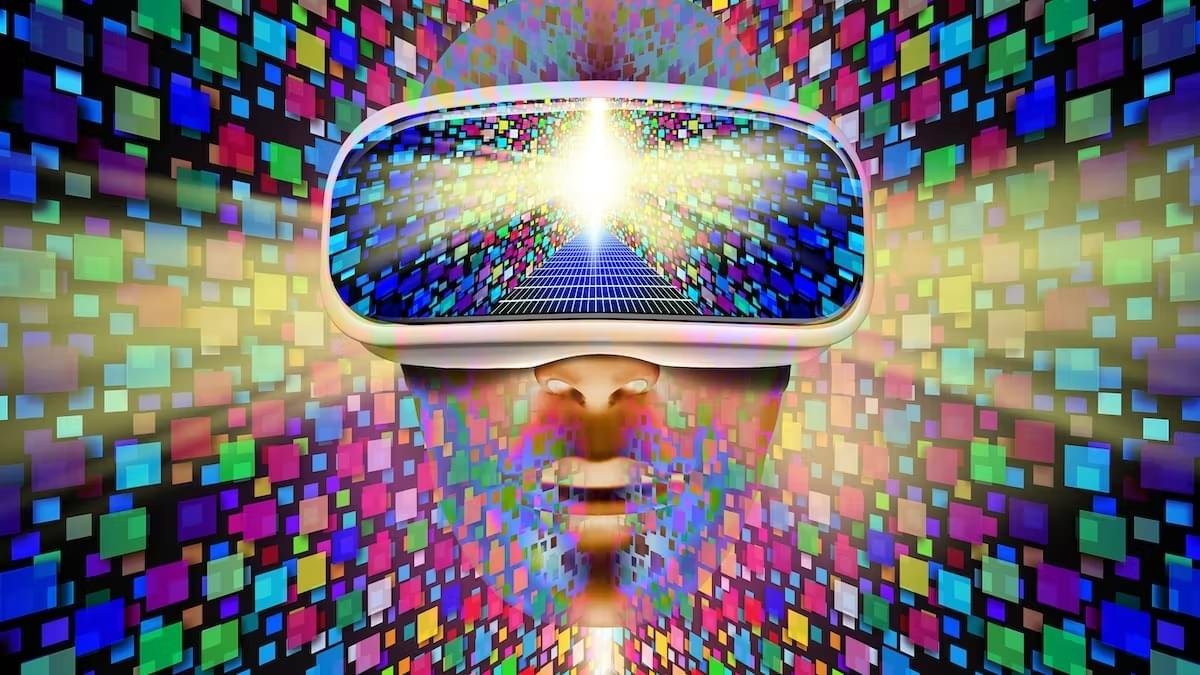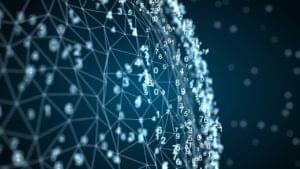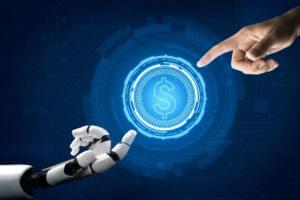Technology have the potential to improve our world’s justice, peace, and fairness. Technology advances can all help and speed the accomplishment of the 17 Sustainable Development Goals, which include eradicating extreme poverty, decreasing maternal and infant mortality, encouraging sustainable agriculture and decent jobs, and reaching universal literacy. Yet, technology can also undermine security, harm privacy, and exacerbate inequality. They have effects on both human agency and human rights. Governments, corporations, and individuals all have a decision to make regarding how to harness and handle new technologies.
A FUTURE IN DIGITAL FOR ALL?
More quickly than any other innovation in human history, digital technologies have transformed civilizations and have now reached almost 50% of the population in developing countries. Technology may be a huge equalizer by improving connection, financial inclusion, access to commerce, and public services.
AI-enabled frontier technologies, for instance, are assisting in the diagnosis and treatment of diseases as well as the extension of life span in the healthcare industry. Thanks to distant learning and virtual learning environments, students who might otherwise be disqualified from programs can now enroll. With the aid of AI, public services are also becoming less bureaucratically onerous and more accountable through blockchain-powered systems. Moreover, big data can help make policies and programs more precise and responsive.
But others who aren’t yet connected fall behind and miss out on modern conveniences. The bulk of those left behind include women, the elderly, people with disabilities, people from racial or linguistic minorities, indigenous peoples, and people who live in impoverished or rural areas. Among some constituencies, the rate of connectedness is slowing or even turning around. For instance, women use the internet at a rate that is 12% lower than men’s worldwide. While this difference decreased between 2013 and 2017 in the majority of regions, it increased from 30% to 33% among the least developed nations.
When algorithms operate on data that is insufficiently varied, they might reproduce and even increase systemic and human bias. Absence of diversity in the IT industry may indicate that this problem is not being addressed appropriately.
THE WORKING FUTURE
Technology has transformed the labor force throughout history, bringing in new forms and patterns of employment while rendering others obsolete and causing broader societal changes. It’s conceivable that the present wave of change will have a significant influence. For instance, according to the International Labour Organization, the adoption of sustainable practices in the energy sector, the use of electric vehicles, and boosting energy efficiency in present and future buildings might result in the creation of 24 million additional jobs globally by 2030.
Automation may eliminate 800 million jobs by 2030, according to estimates from firms like McKinsey. According to surveys, the majority of workers are concerned that they lack the training or work experience needed to land a well-paying position.
There is general agreement that addressing these trends will necessitate adjustments in the way we approach education, such as emphasizing STEM subjects more, teaching soft skills and resilience, and making sure people can re-skill and up-skill throughout their lives. As the world’s population ages, there will likely be a greater demand for unpaid employment, such as child and elder care in the home, which will call for stronger support.
THE DIRECTION OF DATA
Today, digital technologies like data pooling and AI are employed for everyday tasks like traffic navigation and bill payment as well as tracking and diagnosing problems in agriculture, health, and the environment. They can be used to protect and exercise human rights, but they can also be abused, such as when they are used to track our whereabouts, purchases, communications, and actions. The instruments to harvest and exploit data for financial and other goals are becoming more and more available to governments and enterprises.
If there were a method for effectively regulating personal data ownership, however, personal data would start to become an asset to an individual. Depending on the kind of safeguards put in place, data-powered technology has the ability to empower individuals, enhance human wellbeing, and advance universal rights.
SOCIAL MEDIA’S FUTURE
Social media has connected about half of the world’s population. It enables individuals to communicate in real time with people all around the world and to have their voices heard. By giving hate speech and false information a platform or by amplifying echo chambers, it can, however, also serve to perpetuate preconceptions and foment division.
Social media algorithms can contribute to the globalization of society’s fragmentation in this way. Yet, they also have the capacity to have the opposite effect.
THE WAY AHEAD FOR CYBERSPACE
On a national and international level, there is a lot of discussion about how to handle these developments at a time when geopolitical tensions are escalating. The UN Secretary-General has warned of a “great fissure” between major international powers, each of which has its own internet and artificial intelligence agenda, as well as dominating monetary, trade, and financial norms and divergent geopolitical and military viewpoints. Such a division might create a virtual Berlin Wall. It is becoming more understood that maintaining a united world depends on a universal internet that stands for principles like human rights, sustainable development, and peace and security on a global scale. The High-Level Panel on Digital Cooperation of the Secretary-General makes the “global commitment for digital collaboration” as one of its main recommendations.




